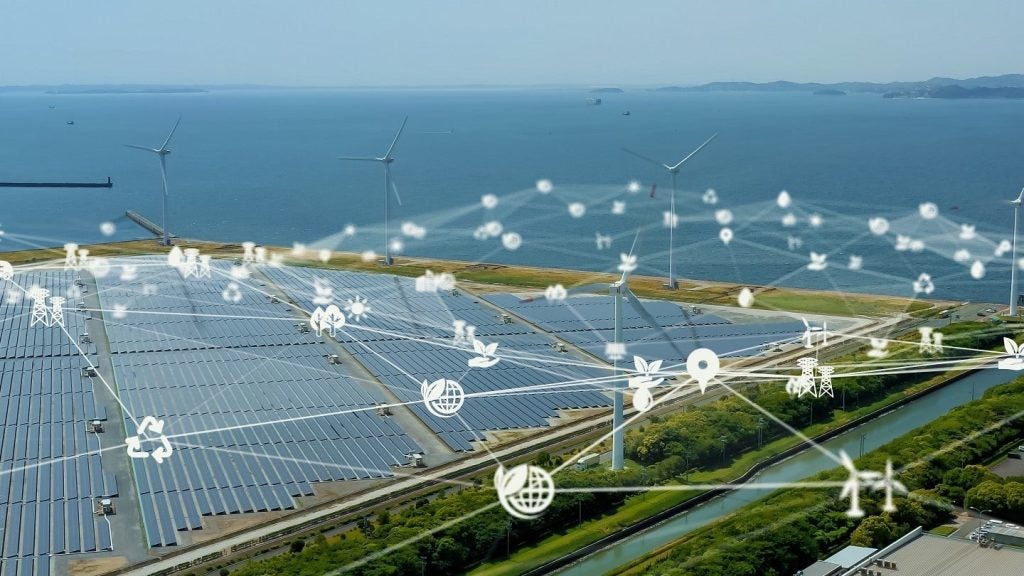Viettel Military Industry and Telecoms Group has been granted a patent for a system and method for 3D human reconstruction using a compact kit of depth cameras. The system includes four blocks: Data Collection, Point Cloud Standardization, Human Digitization, and Output. The method involves five steps: Point Cloud Collecting, Point Cloud Filtering, Point Cloud Calibrating, Point Cloud Optimizing, and 3D Human Model Generating. The system aims to accurately collect human body shape using a simple and easy-to-install system. The generated model is capable of movement through a skeleton system simulating the human skeleton. GlobalData’s report on Viettel Military Industry and Telecoms Group gives a 360-degree view of the company including its patenting strategy. Buy the report here.
According to GlobalData’s company profile on Viettel Military Industry and Telecoms Group, Drone gimbals was a key innovation area identified from patents. Viettel Military Industry and Telecoms Group's grant share as of September 2023 was 40%. Grant share is based on the ratio of number of grants to total number of patents.
System for 3d human reconstruction using compact depth cameras
A recently granted patent (Publication Number: US11776191B2) describes a system and method for 3D human reconstruction using a compact kit of depth cameras. The system consists of four blocks: a data collection block, a point cloud standardization block, a human digitization block, and an output block.
In the data collection block, two depth cameras capture 3D images of a digitized person. The depth data obtained by the cameras is passed to a deep learning network to extract positions of human joints. These positions are then used to interpolate 3D positions of human joints in 3D space. The distance between the cameras and the digitized person is carefully set up to ensure capturing a full image of the person. The angle between the cameras can be adjusted flexibly. Once the system is installed, the positions of the depth cameras are fixed for the 3D human reconstruction process.
The point cloud standardization block includes a point cloud filtering module and a point cloud calibrating module. The filtering module removes redundant point clouds and noise caused by camera devices. It comprises a pre-filter and a fine filter. The pre-filter removes data of objects appearing around the digitized person and the ground, while the fine filter removes points or clusters of points caused by errors of point cloud receivers. The calibrating module performs mathematical calculations of spatial transformation to move the obtained point cloud to a pre-defined coordinate system.
The human digitization block consists of a human parametric model module and a point cloud optimization module. The parametric model module includes shape control parameters and skeletal simulation to transform the human body shape and simulate the movement of a real person. The optimization module calculates shape control parameters obtained by the parametric model module to approximate the shape of the point cloud. It includes pose optimization and shape optimization to minimize errors between the parametric model and point cloud data.
The output block displays the human body in 3D space with a pre-defined file format.
The method for 3D human reconstruction follows a series of steps. It involves collecting point cloud data captured by the depth cameras, filtering the point cloud data to remove irrelevant objects and outliers, calibrating the point cloud data to a standard coordinate system, and optimizing the point cloud data using 3D joints data to determine the length of bones and angles of joints in the real human body.
Overall, this patent describes a system and method that utilize depth cameras to reconstruct a 3D model of a human body. The system includes various modules for data collection, point cloud standardization, human digitization, and output. The method involves collecting, filtering, calibrating, and optimizing point cloud data to generate a movable 3D model representing the digitized person.
To know more about GlobalData’s detailed insights on Viettel Military Industry and Telecoms Group, buy the report here.
Premium Insights
From

The gold standard of business intelligence.
Blending expert knowledge with cutting-edge technology, GlobalData’s unrivalled proprietary data will enable you to decode what’s happening in your market. You can make better informed decisions and gain a future-proof advantage over your competitors.







